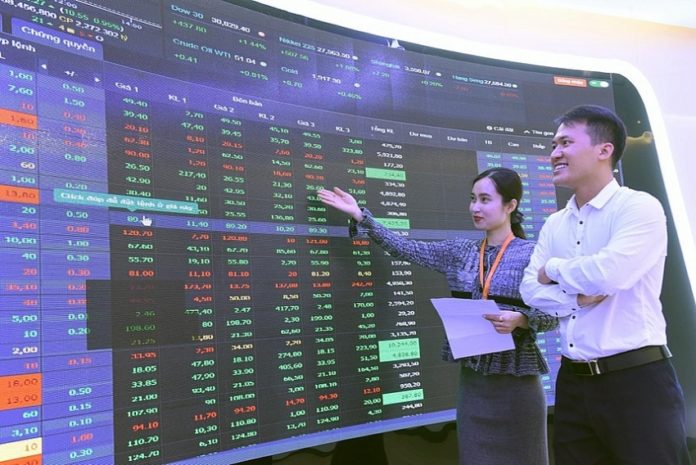When you trade stocks you will likely be focused on the stock price. If you have bought with the expectation of appreciation you will be hoping that the stock price will rise.
Of course, as we outlined in a previous article, the stock price itself is rather arbitrary. It is arrived at by dividing a company’s total value into an unspecified number of shares, (usually millions or billions) and by doing so, creating manageable amounts per share for traders, which becomes the individual share price or stock price.
The number of shares is arbitrarily chosen and will differ for each company. The main thing to remember is that if you multiply all of a given company’s shares in existence by their current stock price you will arrive at the market capitalization, or total value of the company. And it is this valuation that should be the ultimate metric when investing to determine if a company is overvalued or not.
The question that many market participants ask is how does a company choose how many shares it will have in circulation, especially since there is no fixed number that covers all companies.
The answer is quite simple. Each market has a different benchmark about what a manageable amount is per share for a stock investor.
In the USA for example, investors like to see stocks prices in the US$30 to US$300 dollar range. Too cheap and the stocks look speculative or even an indicator of a company not doing so well; too expensive and they make investors consider if they are over-priced.
Companies that newly float on the stock market in the U.S. like to price their shares in this range, often at between US$30 and US$100 per share. Then they calculate how many shares would need to be in circulation to achieve that optimal price.
In the UK shares are priced differently. The accepted norm is in the price range of £1 to £10 per share. British investors are used to buying shares in those price ranges. That is not to say that shares don’t reach £30 or £100 or more, but it is rare.
In Thailand shares are priced between 10 baht and 300 baht, with the 20 baht to 100 baht price range being most common.
Companies keep a look at share prices to make sure they are in range for a given market. When share prices rise to higher levels they may elect to do a stock split.
For example when Apple shares in the U.S. hit $400 the company announced a 4 to 1 stock split which meant that any holder of a share at $400 would now hold 4 shares priced at $100 each. The share price came back into range, but the number of shares in circulation grew four fold. No one lost out, but the shares were considered more optimally priced. In fact after a stock split, there can be share price rises just because shares seem cheaper, but in reality it should be a zero sum game.
There are exceptions such as Amazon in the U.S., which has a share price of US$3,500 and has so far not announced a stock split, but these are typically outliers.
Things can happen in the opposite way also. Another example is General Electric (GE). Their shares dropped to quite low levels due to arguably poor performance. Shares that traded at $40-$50 fell to just $5 or $6 before rising slightly. When the share price rose to $10, GE decided to do a 10:1 reverse stock split. They swapped 10 shares at $10 for a single share at $100. This made GE shares look more attractive since such a low stock price looked like a failure of sorts.

As well, Major U.S. stock indexes such as the Dow Jones Industrial average, the Nasdaq and the S&P 500 often require stock prices to be in a certain range when considering a company’s new or continued inclusion in an index.
GE shares at $100 each (even though the company had not grown in value), made it more attractive in terms of inclusion in indexes.
Indexes are important not only in providing an overall (average) measure of the stock market’s performance, but also in gaining demand for shares from hedge funds, pension funds and other private fund managers.
Funds that manage billions of dollars on behalf of individuals often track the index by buying the stocks that are included in it. Pension fund “trackers” do this virtually automatically, trusting the indexes to include stocks that are representative of the broader economy or of the sector they represent.
Whilst share prices are difficult to gauge at face value it is worth being aware of the typical price ranges for shares in each country.











